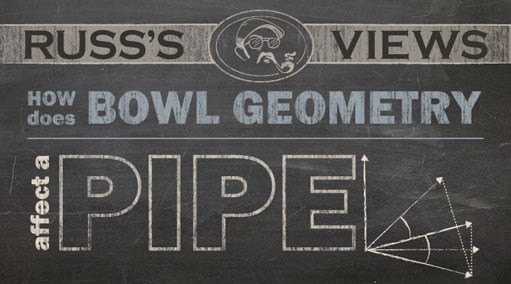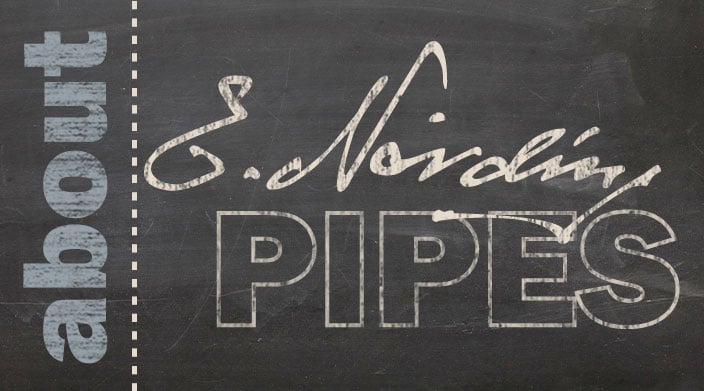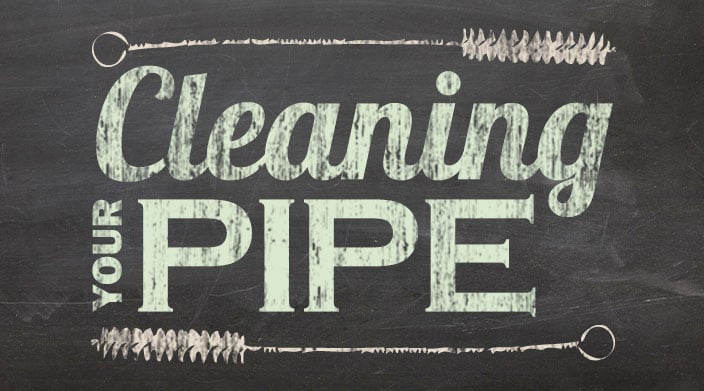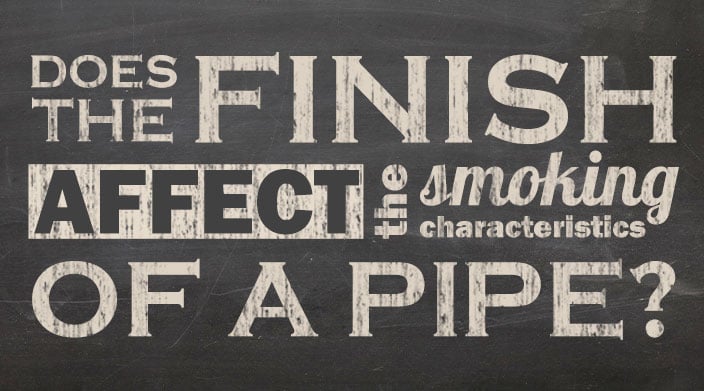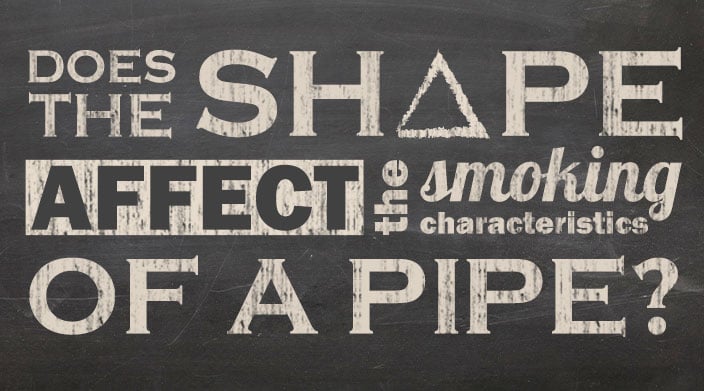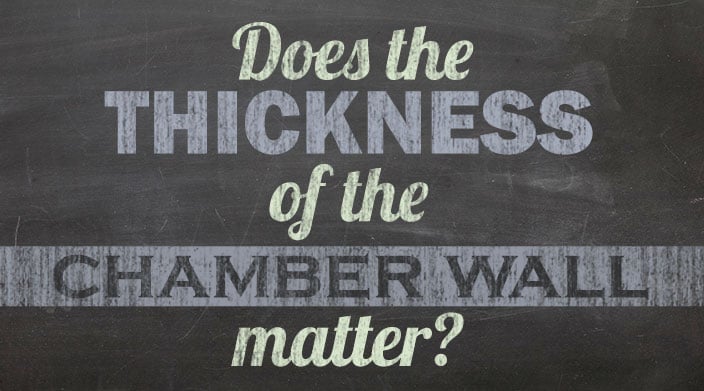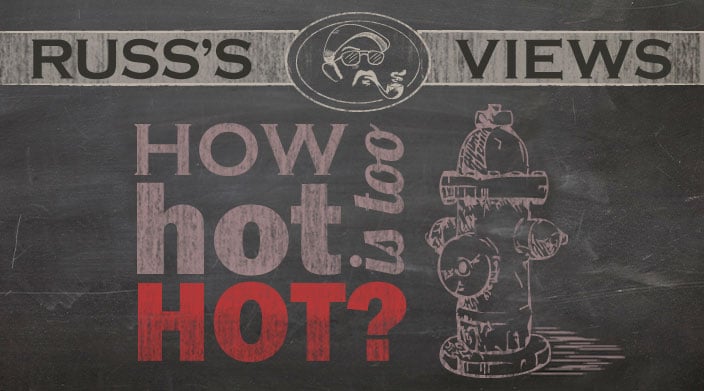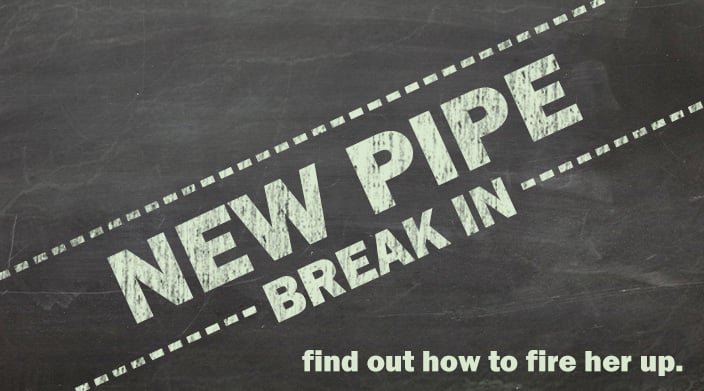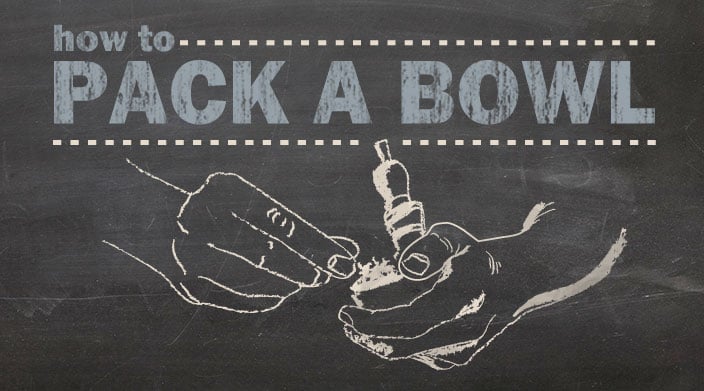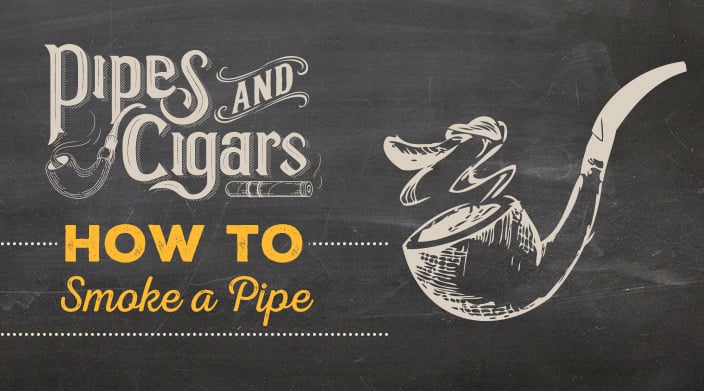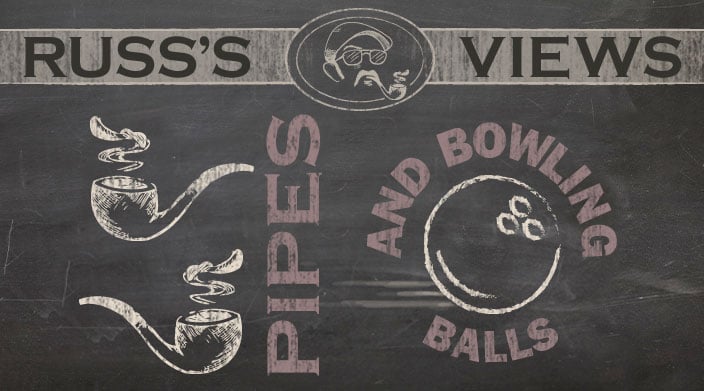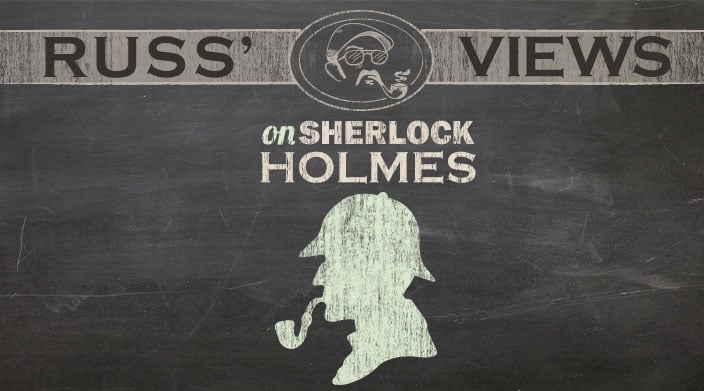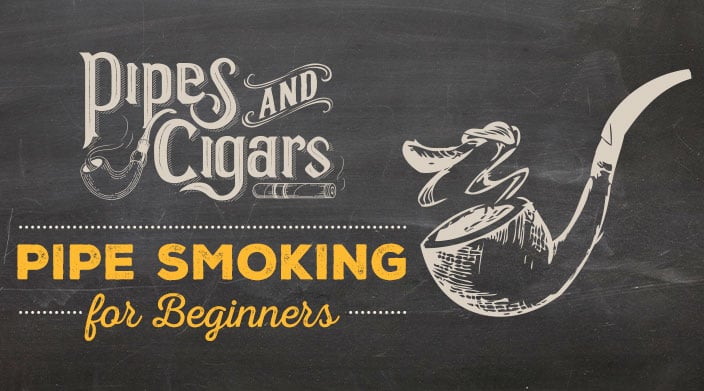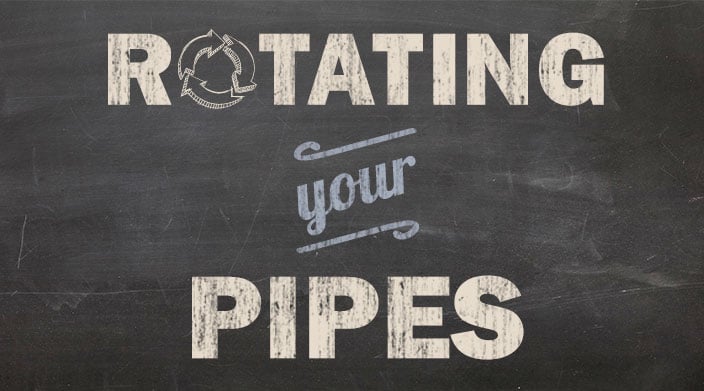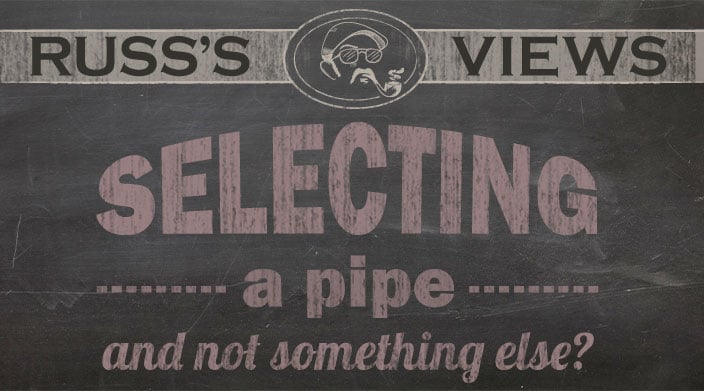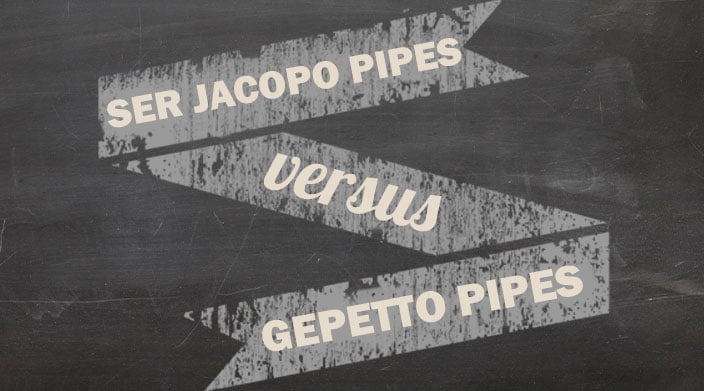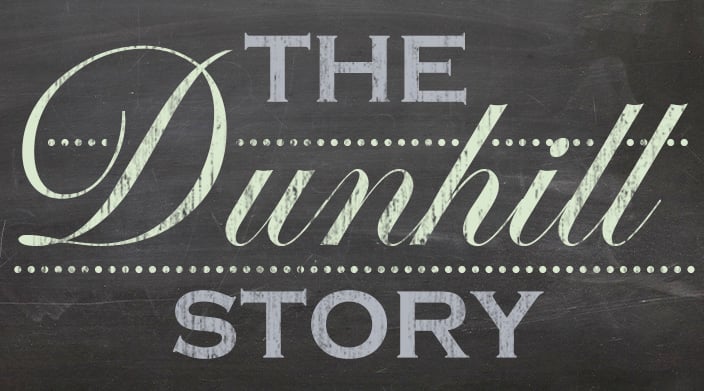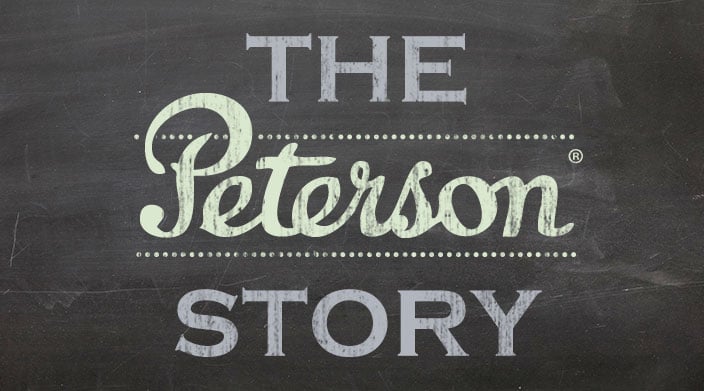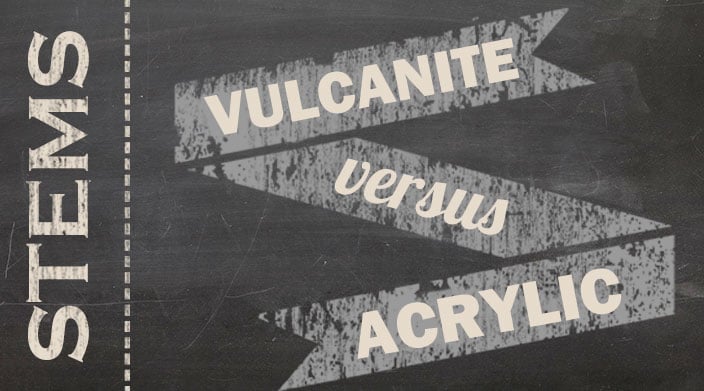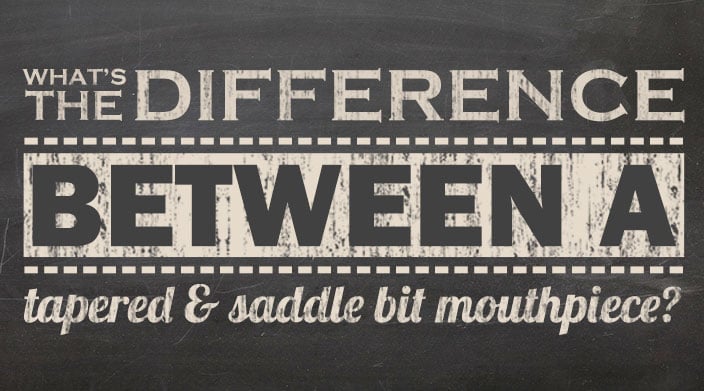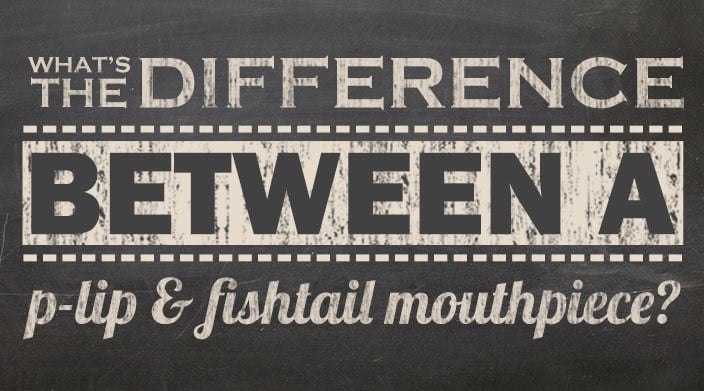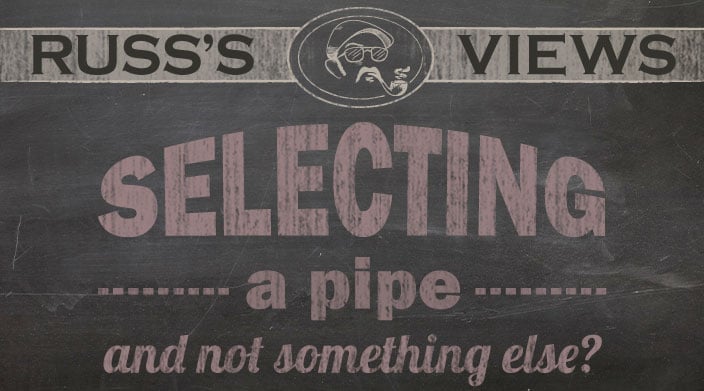Just about everyone who has smoked a pipe for any length of time has found a pipe/tobacco combination that really works incredibly well together. Likewise, most of us have found a pairing that makes us want to throw both the pipe and the blend in the trash. What causes these occurrences and how can one predict what will work or not?
To look at this further, let’s just assume one principle as fact: wider, or more open chambers allow for smoke that has fuller flavor and that narrower chambers have a thinner taste. This is likely, to some degree, to be due to the open chamber just simply producing more smoke because more lit tobacco is exposed to the air.
Think of it this way- there’s a small burner on an electric range with a glass top, maybe around 2 inches in diameter. When you get the burner glowing red, drop a pinch of tobacco directly on the burner and in a short time, you have a smoky fire, with a charred aroma. Now with the area cleared and the burner once again glowing, sprinkle the tobacco around the perimeter of the burner, but about 1 inch away from the direct heat. The tobacco will smolder and smoke without combusting, and the aroma is much more pleasant. Neill’s article points out that the smoldering and warmed tobacco has a huge influence on what we taste, and that the burning tobacco’s greatest contribution is to heat up the unburned leaf.
In a pot shape, the wide open chamber allows more oxygen to get to the burning tobacco, which creates a larger ember. This, in turn, can develop more flavor as the larger ember heats more tobacco, but if the combustion temperature gets too high because more air will stoke the fire, then some of the more unpleasant aspects of the smoke will become apparent. So, to get the “magical” smoke from a wide chamber, keeping the combustion temperature low (by smoking slower, using matches instead of a lighter, smoking lower sugar content blends) is vital. And because it’s easier to get a broad chambered pipe to fire up, straight Virginias and Virginia/Perique blends probably will deliver their least stellar flavors.
In a narrow stack or chimney, the airflow is restricted, which will help to keep the burning temperature lower and the ember smaller, which should allow the caramelization of the sugars to happen slower and at a lower temperature, which will help to derive the greatest amount of true flavor and satisfaction from the blend. It’s possible to create a similar situation in a more open bowl by using something to lightly cover the chamber while drawing on the pipe. I will frequently cover the pipe with my fingers once the ember has moved further down, to restrict airflow while coaxing the pipe to kick out a little more smoke.
Another thing that has a major impact here is the moisture content of the tobacco. When tobacco is too moist or too dry, there will be a tendency to pack too tightly. When it’s too damp, it packs densely because the pieces stick together, and when it’s crunchy-dry, it crumbles as it’s packed, and becomes a sandpile. When the tobacco is at the right moisture content, it will spring back a bit when it’s tamped during packing. This allows for proper airflow and burning temp. Also, overly moist tobacco produces a lot of steam which dilutes the flavor of the tobacco and can cause “leathertongue”. Likewise, tobacco that’s too dry will burn fast and hot, and because it goes pretty much from unburned to burned with no smoldering in-between, a lot of the flavor is lost.
Ultimately, I tend to find that sugary blends do seem to smoke a little better in narrow chambers, while Latakia blends seem to benefit from more open bowls. Of course, how the pipe is packed, lit, and how fast, hard and frequently you puff has a tremendous influence as well. So now I have the analogy between pipe smoking and barbecuing- “low and slow”. Proper meat smoking is done when the cooking temperature is low, and the time in the cooker is long. Similarly, keeping the combustion temperature low and “sipping” the smoke slowly will generate the most flavorful experience.
Give it a try and let me know what you think.


